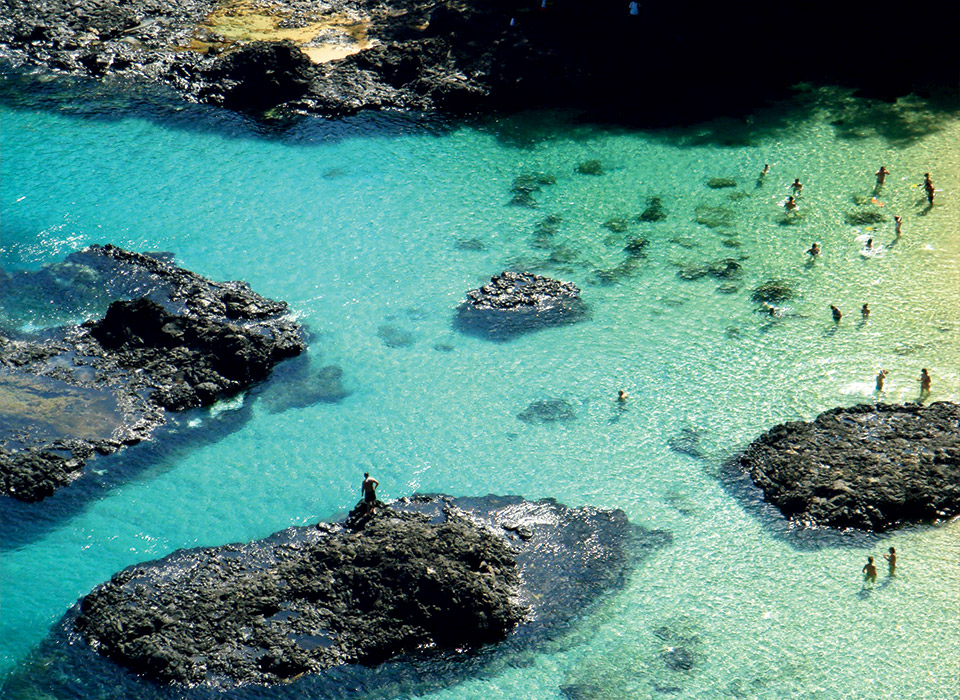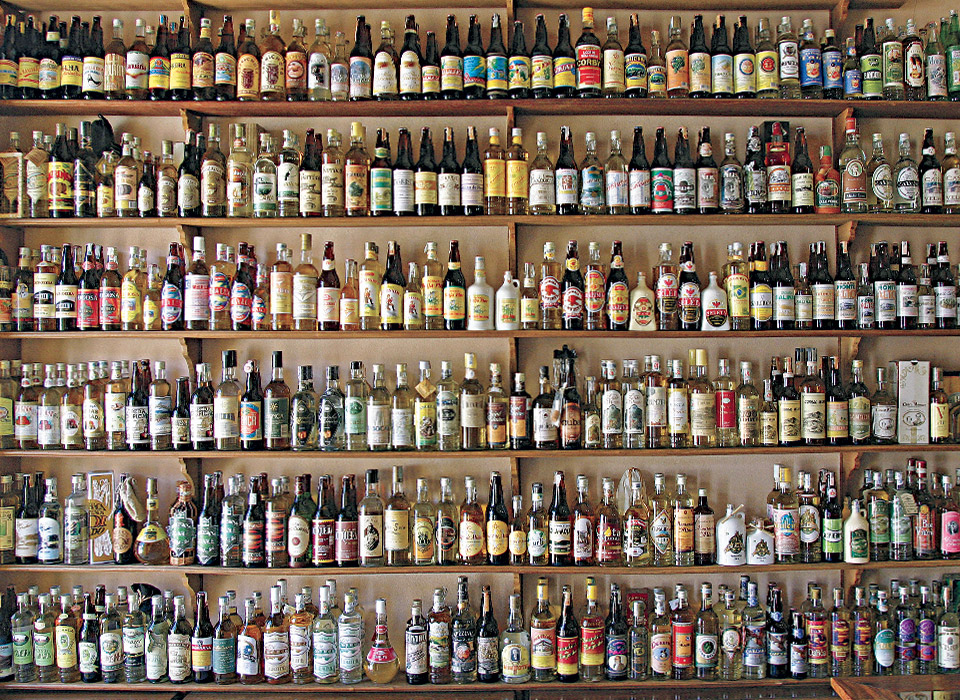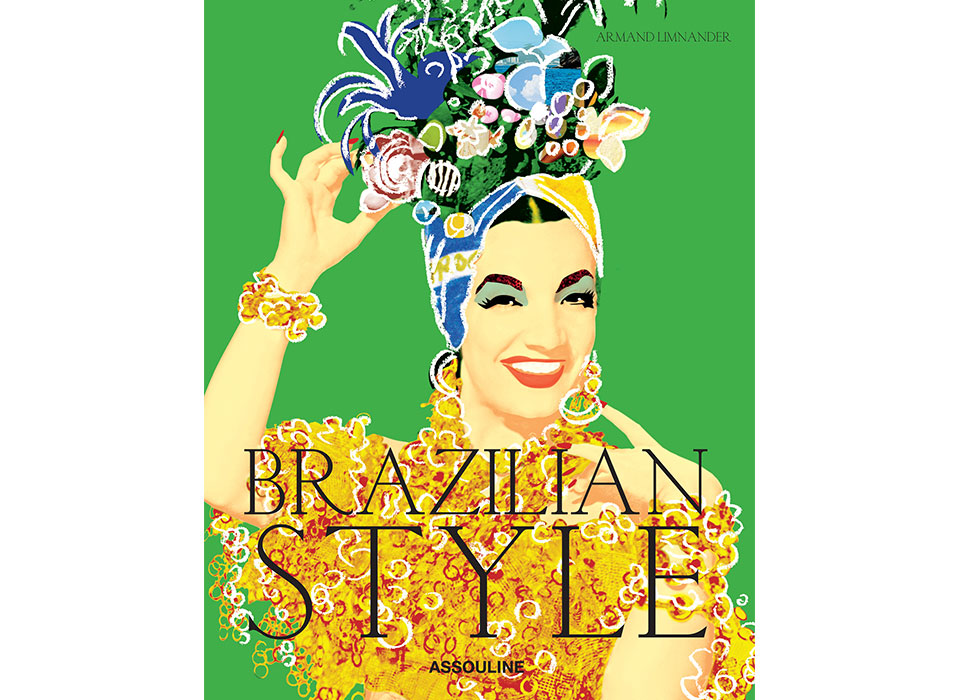In need of a primer on Brazil while you watch the World Cup finals tomorrow, down a Caipri-Coco and root for your favorite team? Be in the know with this excerpt from Armand Limnander’s Brazilian Style book, an encyclopedic look at the country, from A (açaí) to Z (zé carioca).
Assume Vivid Astro Focus
Assume Vivid Astro Focus is both artist Eli Sudbrack’s alias and the name of his international art collective, which he helms with French artist Christophe Hamaide Pierson. Whether it’s paintings, drawings, photography, film, or digital technology, AVAF’s work is characterized by its pulsating, psychedelic energy.
Boiadeiro
Argentina’s gauchos may be the most famous cowboys from the Southern Hemisphere, but in Brazil the word is used to designate all people from the state of Rio Grande do Sul. The real wranglers are known as boiadeiros, which literally translates to “cow handlers.”
Fernando de Noronha
This volcanic island (above) located two hundred miles off Brazil’s northeastern coast is a UNESCO World Heritage Site, and 70 percent of its territory is a protected Marine National Park. Tourism to Fernando de Noronha is strictly regulated, which is why more and more celebrities are hiding out there.
Carmen Mayrink Veiga
Brazil’s quintessential society doyenne and fashion icon, Carmen Mayrink Veiga has been painted by Andy Warhol, Pablo Picasso and Candido Portinari. She has also been photographed by Richard Avedon, Mario Testino and Francesco Scavullo; in 1981 she was inducted into Vanity Fair’s best-dressed list.
Iguaçu Falls
Located on the border between Brazil and Argentina, Iguaçu Falls — 150 million years old and plunging 65 meters with a width of almost three kilometers — puts Niagara Falls to shame. Appropriately, the name means “big water” to the local Guaraní Indians who have inhabited the area for more than 2,000 years.
Moqueca
This famous fish and seafood dish has existed in Brazil for centuries. Unlike most stews, it is cooked without any water, using palm oil and coconut milk instead.
Renascença Lace
The state of Pernambuco is known for its handmade renascença lacework. Originally brought to Brazil by the wives of wealthy colonizers in the sixteenth century, the laborious lace-making techniques were picked up over time by the village women who now keep the tradition alive.
Tropicália
Also known as tropicalismo, tropicália was an artistic and musical movement from the 1960s that fused Brazilian culture with avant-garde influences.
Victoria Regia
These floating Amazonian plants are like Monet’s water lilies on tropical steroids. They can grow circular leaves with a diameter of up to 10 feet — big enough for a small child to sit on without sinking.

 The island of Fernando de Noronha, photographed by Yang Limin/XinHua/Xinhua Press/Corbis, from
The island of Fernando de Noronha, photographed by Yang Limin/XinHua/Xinhua Press/Corbis, from  Shelves of cachaça, liquor made from sugar cane, photographed by Pierre Mérimée/Corbis, from
Shelves of cachaça, liquor made from sugar cane, photographed by Pierre Mérimée/Corbis, from  The cover of
The cover of